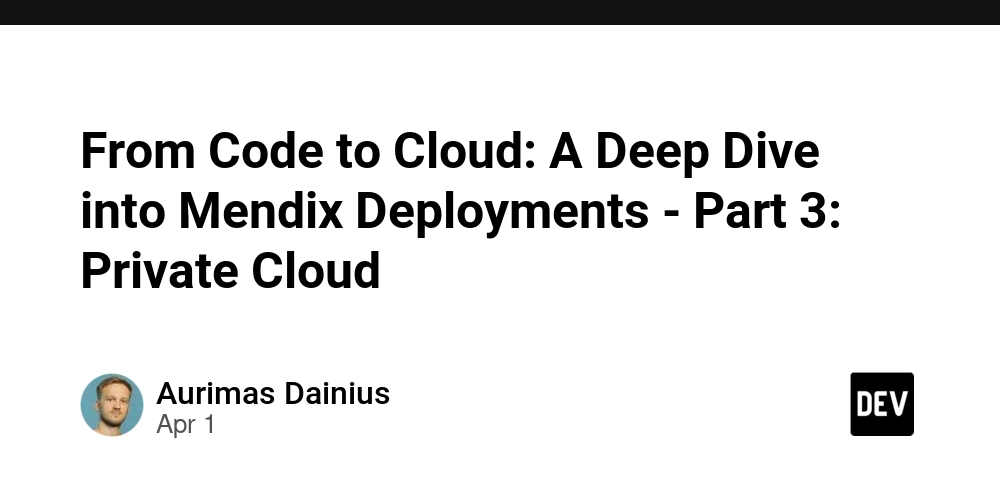Dev
2w
78

Image Credit: Dev
From Code to Cloud: A Deep Dive into Mendix Deployments - Part 3: Private Cloud
- Private Cloud deployments involve using cloud-native technologies like Docker and Kubernetes on infrastructure controlled by the user.
- For Mendix, Private Cloud typically involves using a Kubernetes or OpenShift cluster from supported providers.
- Advantages of Private Cloud include control over hosting location, access methods, deployments, and security measures.
- Drawbacks include the need for hardware, configuration expertise, and implementation of security measures.
- Private Cloud has two versions: Connected mode allows management through Mendix Portal, while Standalone mode interacts with the cluster directly.
- Deployment steps involve registering a cluster, adding a namespace, installing the Mendix operator, and deploying the app.
- The Mendix operator monitors app changes and applies necessary updates, configurable via mxpc-cli script.
- Deployment requires creating environments in the Mendix Portal and deploying the app to the cluster.
- Private Cloud deployment is complex but offers control and customization; official Mendix documentation can provide more detailed instructions.
- Future articles will delve into connected vs. standalone environments, environment segregation, CI/CD integration, and more.
- For more information or assistance in setting up Private Cloud deployments, readers are encouraged to seek further guidance.
Read Full Article
4 Likes
For uninterrupted reading, download the app